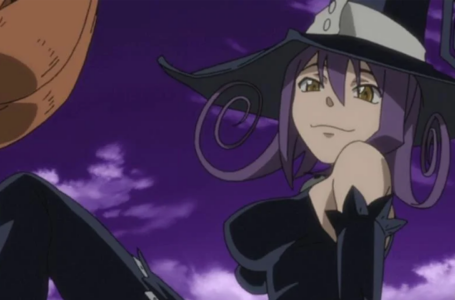The wonderful world of bara
Today we pay tribute to the bara genre, the unsung hero of gay manga.
You’re probably familiar with the Boys’ Love genre in anime and manga, a genre that (typically) serves you up sweet and romantic stories about a couple of shy guys looking to get cosy with one another. I typically find that anime in this genre is concerned with younger men (hence the “boys”, I guess), quite often in a high-school setting.
But maybe you’re hankering for something mature, yet romantic, with men of all different shapes and sizes (and not just the uniform skinny twinks BL usually provides) – this is bara!

Bara can refer to any same-sex love media that is created for a primarily gay male audience. It’s typically more thematically and sexually adventurous than BL, but maybe not as sex-obsesse as yaoi. The subgenre is known for featuring incredibly masculine men of differing body types, often favouring bears and bodybuilders.
The word bara is translated literally as “rose”, and has historically been used in Japan as a pejorative for gay men, as the word “pansy” has been in English-speaking cultures. The word has been since re-appropriated to celebrate Japanese gay culture, though the word still holds negative connotations for some. Today, the word “bara” is used specifically to reference masculine gay media, and is considered to produce more realistic depictions of life as a gay man (though they can still be more than plenty erotic!)

A lot of terminology for gay media in Japan comes from fanfiction writers and fan communities (often themselves comprised mainly of women), often as a way to comprehensively tag their work for easy distinction between cute fluff and dead doves.
Yaoi, for example, is actually an acronym that stands for “yama nashi, ochi nashi, imi nashi”: “no climax, no point, no meaning”! This tongue-in-cheek term, used to reference the tendency of certain titles to largely ignore plot and even romance in favour of some hot gay sex, was developed and used on sites like Fanfiction.net.

As a result, the “yaoi” tag was often only used to signal to the reader that the work contained explicit sex scenes, though I am old enough to remember when people used the word lemon for that purpose instead – and before my time, there were probably a bunch of other different words they used to talk about horny fanfic, too!
Considering that the word bara was used on the internet to discriminate and shame gay people, and must still hold negative connotations for many, Western fan creators should try to use the term with care. We should also keep in mind that this is a genre primarily for gay men, unlike the yaoi and BL genres. This is not to say that women or “fujoshi” (has that term been reclaimed yet?) should not be allowed to participate in any of these genres at all, and let’s not forget that these women can be queer, too – but we’re all entitled to our own spaces. Respect is the name of the game.
While other gay genres have broken into the mainstream in anime and manga, bara seems to remain something of a niche. Bara began with erotic art and lifestyle magazines as opposed to fanfiction and fanart, and it’s only since the 2000s that the genre has become more associated with dōjinshi and manga.

Unlike yaoi, bara features characters who self-identify as queer, and does not necessarily have to be sexual – often times, bara focuses on the romantic or dramatic aspects of a gay relationship, and does not shy away from topics such as homophobia as readily as yaoi or BL media.
This is something to be celebrated – as fun and needed as escapist fiction can be, it might not go very far in the act of normalising gay characters and relationships in our media. Manga that deals with the real problems that gay men face on a daily basis can be a wonderful learning opportunity for readers of all creeds, and also raise awareness for gay rights both in Japan and worldwide.

If you’re looking to get into the genre, I highly recommend My Brother’s Husband by Gengoroh Tagame. This is a spectacularly heart-warming manga following single father Yaichi as he overcomes his misgivings towards his deceased brother’s husband, Mike, a proud gay man from Canada. There’s no overt romances or sexual scenes – just two big bara guys and a fluffy, gentle exploration of cultural difference. Happy reading!
Join The Discussion
Rice Digital Discord
Rice Digital Twitter
Rice Digital Facebook
Or write us a letter for the Rice Digital Friday Letters Page by clicking here!
Disclosure: Some links in this article may be affiliate links, which means we may earn a small commission if you make a purchase after clicking on them. This is at no additional cost to you and helps support Rice Digital!
- Anime to look out for this October - September 29, 2023
- Netflix original anime: the good, the bad and the ugly - September 28, 2023
- Post-apocalyptic visual novel Archetype Arcadia launches on October 24th, with pre-order discount available for PlayStation and Switch - September 26, 2023






